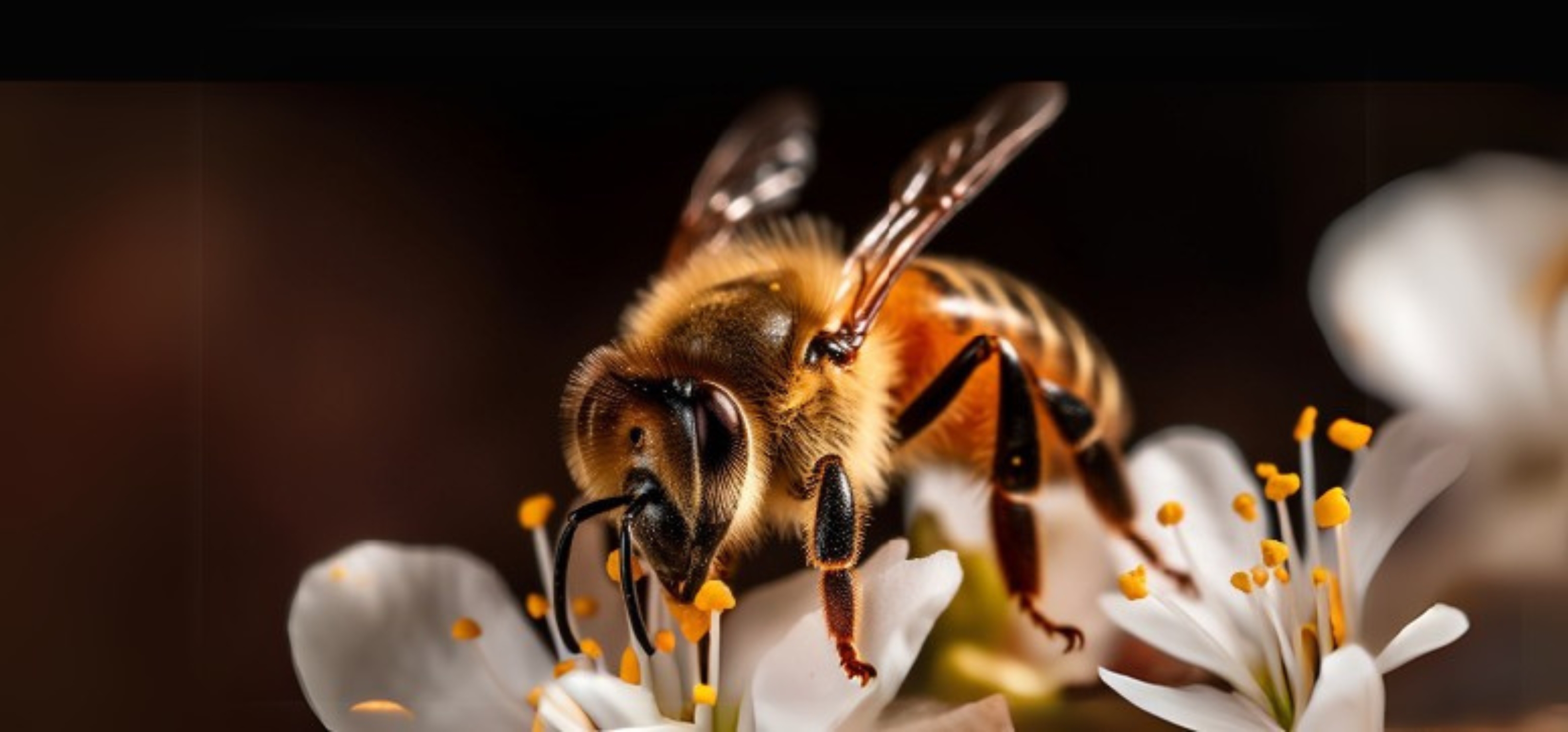
5 minute read
California's Bee Marketplace and Health
By Cal Broker
In the Pacific Southwest - a region that includes Arizona, California, and Hawaii - 86 percent of planted acres depend on paid pollination services. Without beekeepers, California’s farmers wouldn’t be able to produce the bountiful yields the nation relies on. Spend a few hours wandering through a garden or strolling along a hiking trail, and you’ll likely spot a buzzing bee. These fuzzy insects aren’t just adorable creatures to watch — they’re vital members of California’s agriculture industry. Whether pollinating crops or filling their hives with honey, bees work tirelessly to sustain our ecosystems and food supplies. California is home to a thriving bee industry that produces many types of honey. By understanding the connection between bees and your health, you can support your clients’ health more effectively.
The California Bee Industry
Bees are big business in California. Both commercially managed honeybees and wild honeybees help pollinate everything from almonds to pomegranates, contributing over $11 billion annually to the state’s economy. You might assume that most farms rely on wild pollinators, but that’s not the case. A network of beekeepers move bee colonies around the country, renting them out to farmers who need help pollinating their crops. California spends more on pollination services than any other state, followed by Washington and Michigan. Over 80 percent of the money spent on these services comes from almond farmers who need two colonies per acre of almond trees. In February, almost every managed colony in the United States gets transported to California to meet this demand. Many other crops also rely on honeybees to thrive, including apples, blueberries, cantaloupes, cherries, raspberries, and watermelon.
Inside the Beekeeping Process
Beekeeping may seem complex, especially if you’ve only seen these insects from a distance. However, the process is relatively straightforward when you break it down. Creating a colony is the first task on any aspiring beekeeper’s to-do list. Some people buy established colonies from another beekeeper, while others choose package bees. The latter option involves buying a package filled with thousands of worker bees and a queen bee, which are used to start a new hive from the ground up. Once hives are established, they don’t need much upkeep from their human caretakers. The bees work independently, traveling to nearby flowers and other plants to collect nectar. As they fly from plant to plant, they also pollinate, helping the plants grow and reproduce. Back at the hive, the bees chew the nectar and store it in honeycombs, where it gradually turns into honey. The beekeeper can then extract and sell this honey.
Making a Living in the Bee Industry
The bee business might seem niche, but there are several ways to earn money in this industry. Many beekeepers sell honey, either locally or through larger distribution channels. The price can vary widely based on color, location, and marketing, but the average wholesale price is around $2.98 per pound nationally. Beekeepers can diversify their income by selling beeswax products such as candles and ornaments. Pollination services are another major source of income for beekeepers. Farmers pay over $300 million annually for these services, with almond growers often paying higher costs due to their early growing season. Finally, some beekeepers sell colonies to farmers or hobbyists looking to start their own hives. Before the sale, a state apiary inspector should check all hives to make sure they’re free from diseases and pests.
Dramatic temperature fluctuations stress bees, and high temperatures can reduce their feeding, which in turn decreases pollination.
Types of Honey
When you picture honey, you probably think of bearshaped bottles of golden liquid at your local grocery store. However, bees produce many types of honey, each with different colors and tastes depending on the plants they visit for nectar.
Here are a few common varieties:
• Clover honey: A popular type known for its light amber color and mild taste
• Acacia honey: Almost transparent and often used as a sweetener
• Mānuka honey: Produced in Australia and New Zealand by bees that feed on the nectar of the Mānuka tree
• Orange blossom honey: A sweet liquid made from citrus nectars
Some beekeepers also create infused honey by mixing raw honey with delicious flavors, such as cinnamon and vanilla.
Many people also use honey as a wellness health cooking ingredient. For example, you could use honey to bake sweet bread, create a delicious honey balsamic salad dressing, or marinate chicken. Even mixing a teaspoon of honey in your morning coffee or tea can help you enjoy the health benefits of this delicious treat.
Bee Protections in California
Because bees are sensitive to environmental changes, they’re among the first to feel the impact of climate change. Dramatic temperature fluctuations stress bees, and high temperatures can reduce their feeding, which in turn decreases pollination. Pesticides also pose significant threats, especially to California’s native bee species. Fortunately, it’s not all doom and gloom. In 2022, a California court ruled that four bee species could be eligible for protection under the California Endangered Species Act. Additionally, in 2023, the Pollinator Protection Act banned over-the-counter sales of neonicotinoids for lawns and gardens. The overuse of these insecticides has been linked to the rapid decline of several bee species.
Bees: The Key to Personal and Environmental Wellness
Bees are irreplaceable parts of California’s agriculture industry. Without their essential pollination, many crops would struggle to thrive, leading to devastating effects on the state’s economy and environment. By promoting bee conservation and the health benefits of honey, you can help protect these vital insects and your clients’ well-being.

